Author: Paul Amico
Developed by the Comptoir Agricole breeding program in the Alsace region of France and released in 2019, Mistral is a new dual-purpose hop variety that’s said to contribute a refreshing blend of citrus, sweet fruit, and floral characteristics to beer. With its moderate alpha acid levels, Mistral can also be used earlier in the boil to impart a clean, smooth bitterness.
Alpha: 6.5 – 8.5%
Beta: 3.1 – 3.8%
Cohumulone: 29 – 39% of alpha acids
Total Oil: 1 – 1.5 mL/100g
Myrcene: 59 – 65%
Humulene: 9.5 – 12.8%
Caryophyllene: 3 – 3.2%
Farnesene: 2.5 – 3.5 mg/100g
Linalool: 5 – 6 mg/100g
Geraniol: 2.5 – 3.5 mg/100g
ß-Pinene: unknown
Parentage: unknown
I only recently heard of Mistral and have yet to knowingly have a commercial beer made with this novel hop. Having recently brewed a Pale Ale with another French variety, Barbe Rouge, I was curious how Mistral would compare.
| MAKING THE BEER |
I went with our standard Hop Chronicles Pale Ale recipe as the base for this batch, making small changes to the early kettle hop additions to account for the alpha acid in Mistral.
Mistral Pale Ale
Recipe Details
| Batch Size | Boil Time | IBU | SRM | Est. OG | Est. FG | ABV |
|---|---|---|---|---|---|---|
| 5.5 gal | 30 min | 41 | 5.7 SRM | 1.052 | 1.011 | 5.38 % |
| Actuals | 1.052 | 1.011 | 5.38 % | |||
Fermentables
| Name | Amount | % |
|---|---|---|
| Lamonta: Pale American Barley Malt | 10 lbs | 83.33 |
| Vanora: Vienna-style Barley Malt | 2 lbs | 16.67 |
Hops
| Name | Amount | Time | Use | Form | Alpha % |
|---|---|---|---|---|---|
| Mistral | 16 g | 60 min | Boil | Pellet | 7 |
| Mistral | 24 g | 30 min | Boil | Pellet | 7 |
| Mistral | 32 g | 15 min | Boil | Pellet | 7 |
| Mistral | 56 g | 2 min | Boil | Pellet | 5.9 |
| Mistral | 56 g | 4 days | Dry Hop | Pellet | 7 |
Yeast
| Name | Lab | Attenuation | Temperature |
|---|---|---|---|
| Flagship (A07) | Imperial Yeast | 77% | 32°F - 32°F |
Notes
| Water Profile: Ca 92 | Mg 1 | Na 10 | SO4 153 | Cl 50 |
Download
| Download this recipe's BeerXML file |
I started off my brew day by collecting the full volume of water for this 5 gallon/19 liter batch, which I adjusted to my desired profile.
After flipping the switch on my controller to heat the water, I weighed out and milled the grain.
When the water was properly heated, I incorporated the grains and set the controller to maintain my desired mash temperature of 152°F/ 67°C before preparing the kettle hop additions.
Once the 60 minute mash rest was complete, I removed the grains and let them drip into the kettle while the wort was being heated.
The wort was then boiled for 60 minutes, after which I used my CFC to chill it during transfer to a sanitized fermenter.
A refractometer reading showed the wort was at my target OG.
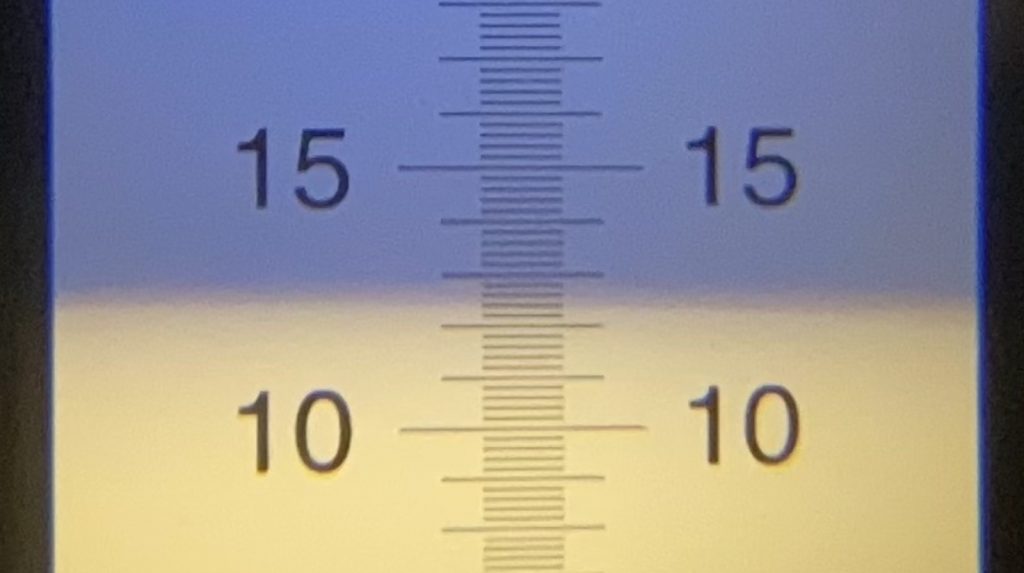
Next, I direct pitched a single pouch of Imperial Yeast A07 Flagship into the wort.
The beer was left to ferment at 66°F/19°C for 2 weeks before I took a hydrometer measurement confirming FG was reached.
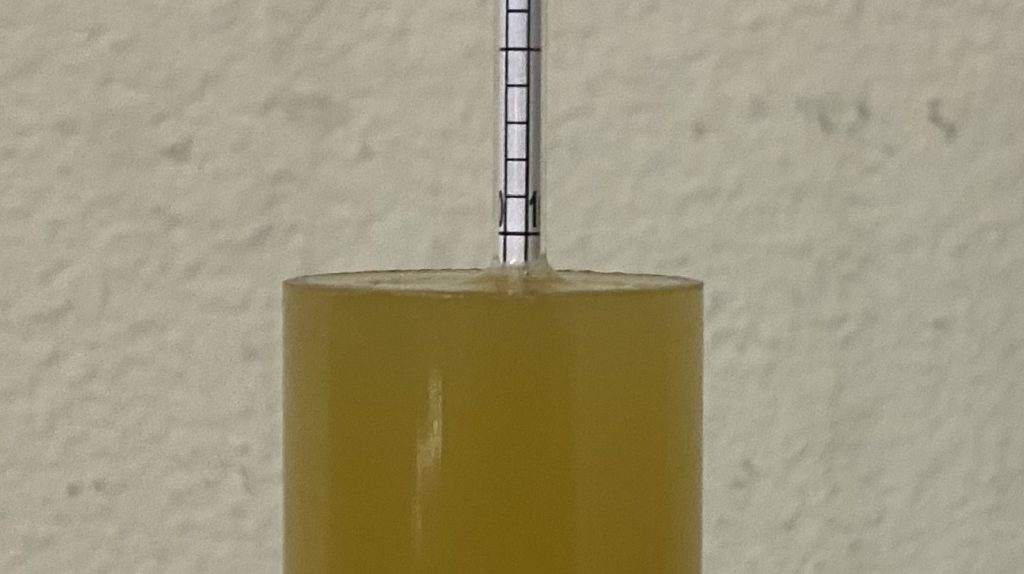
With fermentation complete, I pressure transferred the beer to a CO2 purged keg.
The filled keg was placed in my keezer and burst carbonated overnight before I reduced the gas to serving pressure. After a couple weeks of conditioning, I began serving it to blind tasters.
| METHOD |
Participants were instructed to focus only on the aromatic qualities of the beer before evaluating the flavor. For each aroma and flavor descriptor, tasters were asked to write-in the perceived strength of that particular characteristic on a 0-9 scale where a rating of 0 meant they did not perceive the character at all and a 9 rating meant the character was extremely strong. Once the data was collected, the average rating of each aroma and flavor descriptor was compiled and analyzed.
| RESULTS |
A total of 24 people participated in the evaluation of this beer, all blind to the hop variety used until after they completed the survey. The average aroma and flavor ratings for each descriptor were plotted on a radar graph.
Average Ratings of Aroma and Flavor Perceptions
The 3 characteristics endorsed as being most prominent by participants:
| Aroma | Flavor |
| Citrus | Citrus |
| Tropical Fruit | Tropical Fruit |
| Stone Fruit | Resinous |
The 3 characteristics endorsed as being least prominent by participants:
| Aroma | Flavor |
| Dank/Catty | Onion/Garlic |
| Onion/Garlic | Earthy/Woody + Dank/Catty (tie) |
| Earthy/Woody | Grassy |
When asked to rate the pungency/strength of the hop, most tasters perceived it as being mildly to moderately pungent.
Tasters were then instructed to identify beer styles they thought the hop would work well in.
Finally, participants were asked to rate how much they enjoyed the hop character on a 1 to 10 scale.
My Impressions: I was really pleased with how this beer turned out and, like the participants, perceived it as having a very nice citrus character with supporting tropical and stone fruit. Additionally, I felt the bitterness was clean and soft, though certainly present, and not at all biting or sharp.
| CONCLUSION |
The Alsace region of France is making a name for itself as an area that produces quality hops, one of which is Mistral, which since its release in 2019 hasn’t seemed to receive too much attention. This is somewhat surprising considering it’s described as imparting beer with characteristics sought in popular versions of IPA including citrus and sweet fruit.
Sure enough, the most prominent characteristics perceived by blind tasters of a Pale Ale brewed solely with Mistral were citrus, tropical fruit, and stone fruit, while less desirable characteristics such as onion/garlic and dank/catty were rated lowest. While tasters understandably felt this variety would work well in IPA, an equal number of votes was also given to pale lager, which may be due to Mistral’s moderate pungency.
It’s always exciting trying new things, which Mistral hops certainly are, and the fact they’re grown in France makes things all the more interesting. In addition to contributing very nice fruity characteristics, the bitterness quality in this single-hop Mistral Pale Ale was notably clean and not at all sharp. Overall, I’m a fan of Mistral and look forward to seeing how it plays with others in more highly hopped IPA as well as what it does when used more sparingly in less characterful styles.
Mistral hops are available now at Yakima Valley Hops, get some while you can! If you have any thoughts on this variety, please feel free to share them in the comments section below.
Support Brülosophy In Style!
All designs are available in various colors and sizes on Amazon!
Follow Brülosophy on:
FACEBOOK | TWITTER | INSTAGRAM
If you enjoy this stuff and feel compelled to support Brulosophy.com, please check out the Support page for details on how you can very easily do so. Thanks!



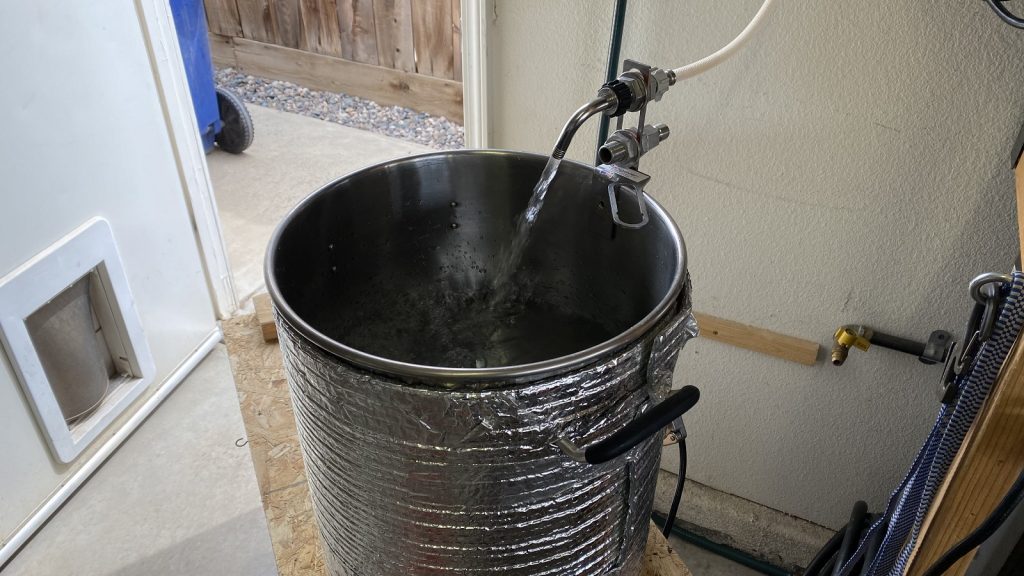
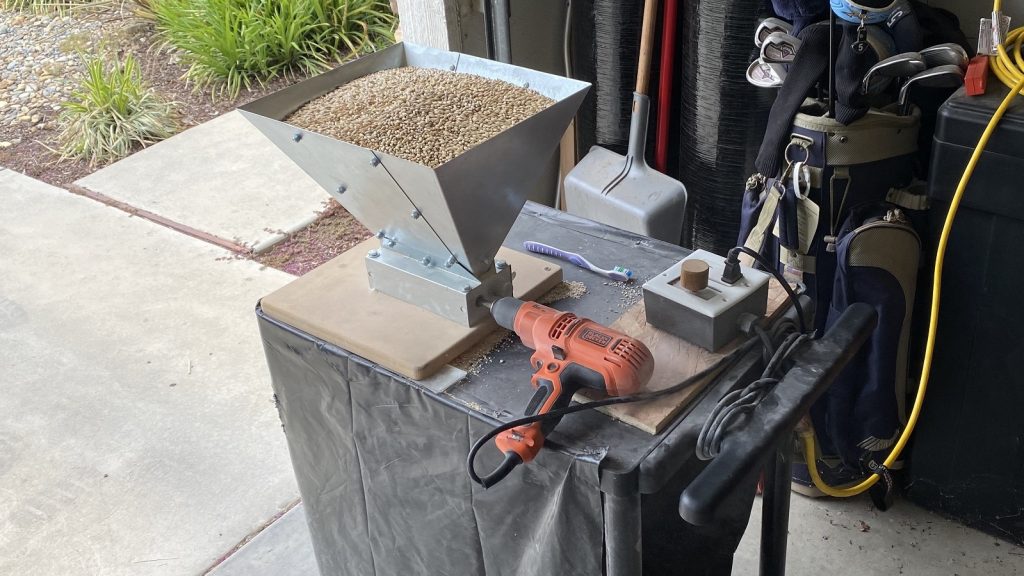
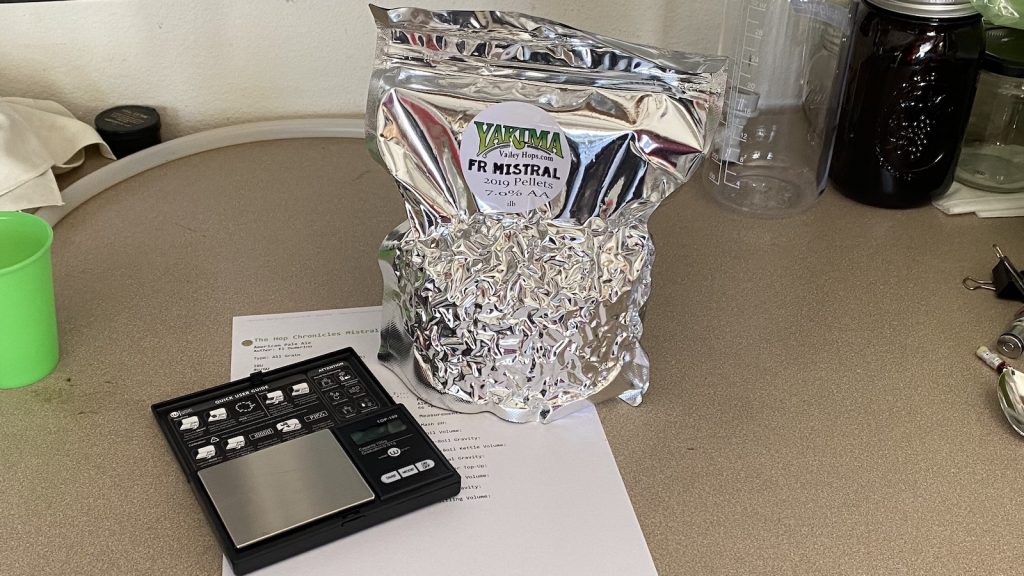
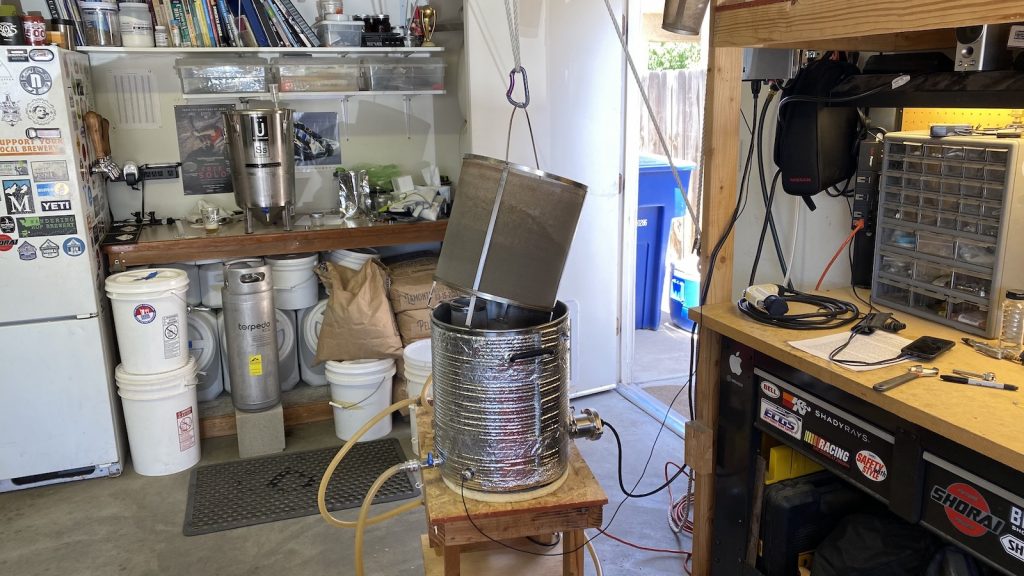
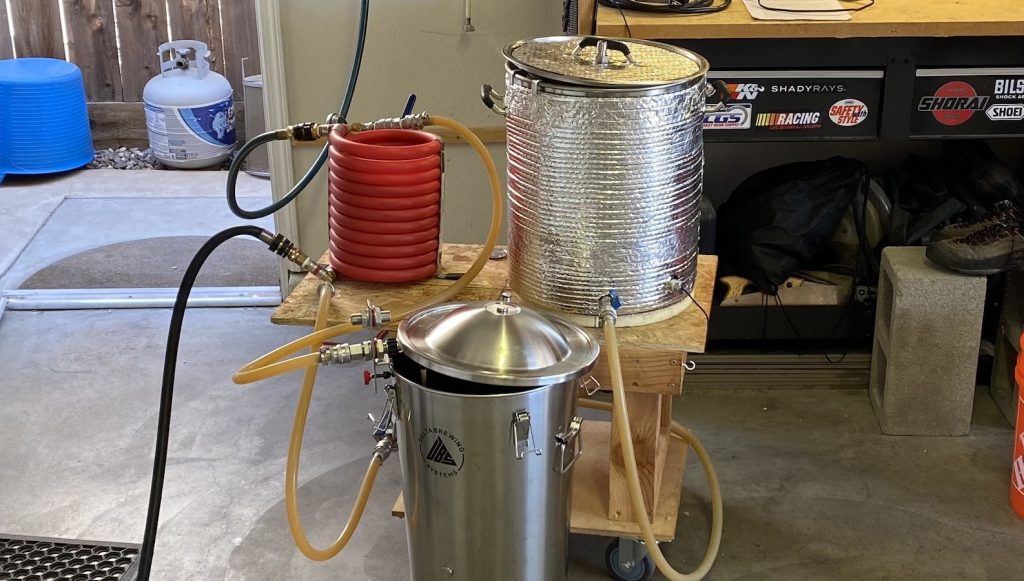
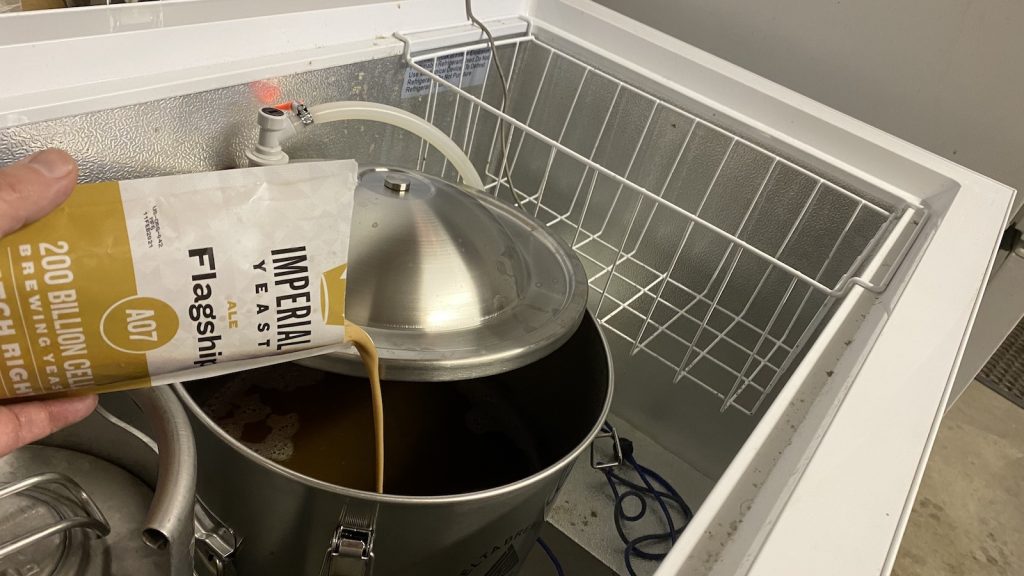
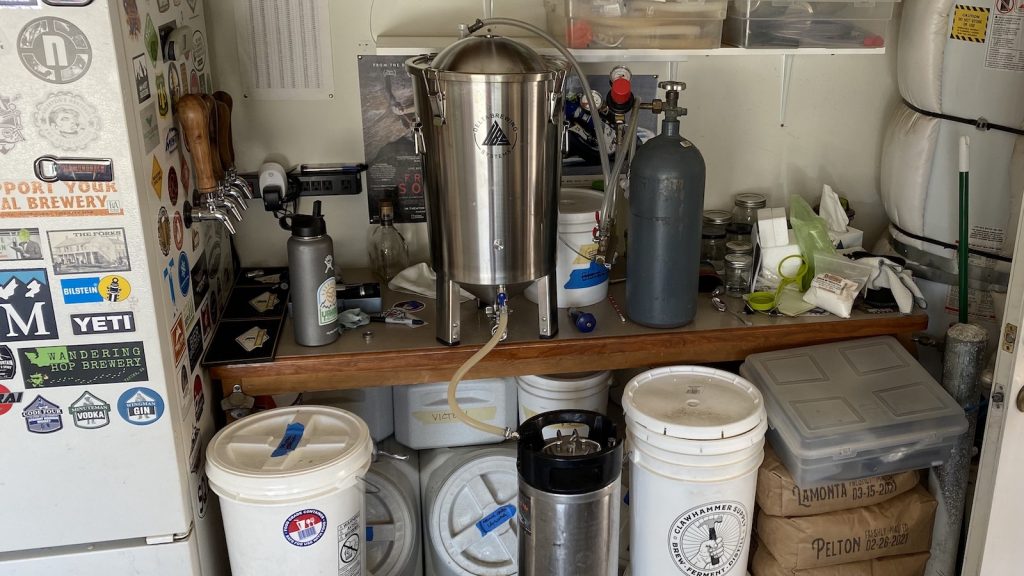
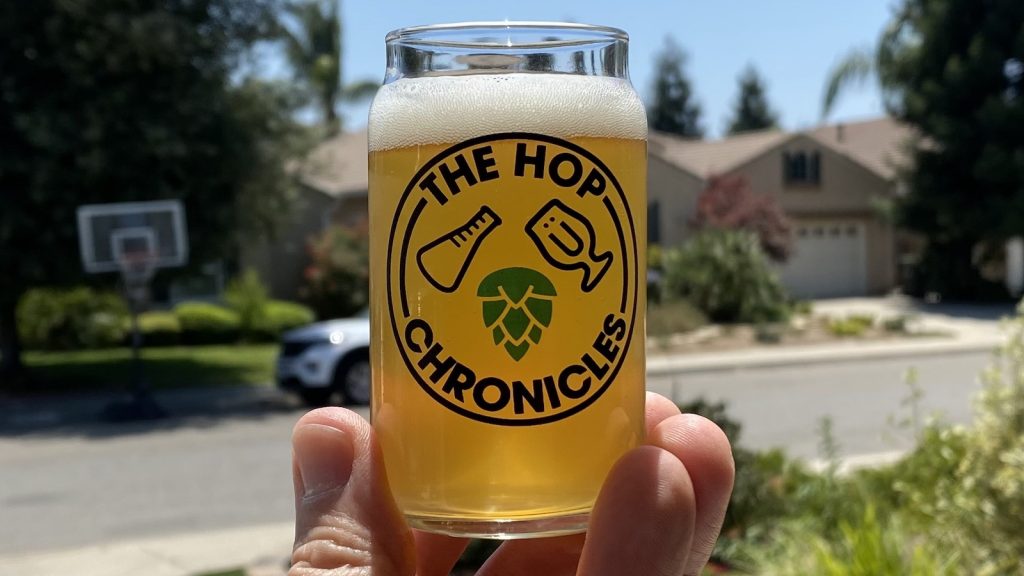

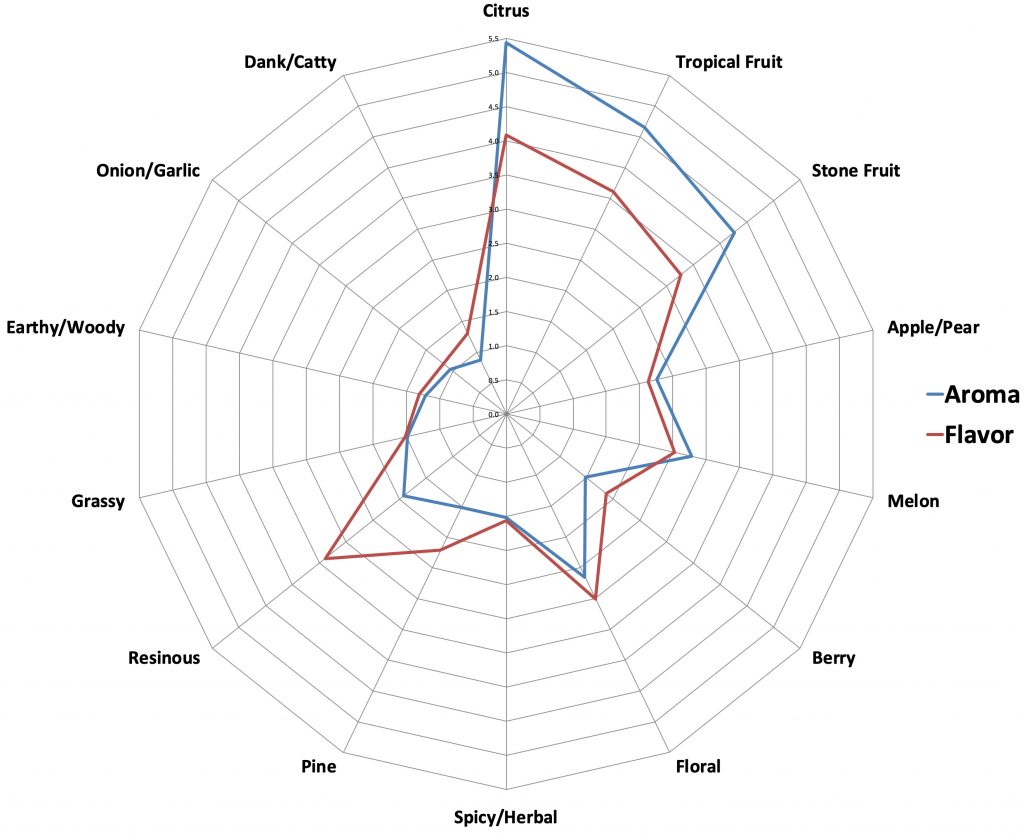
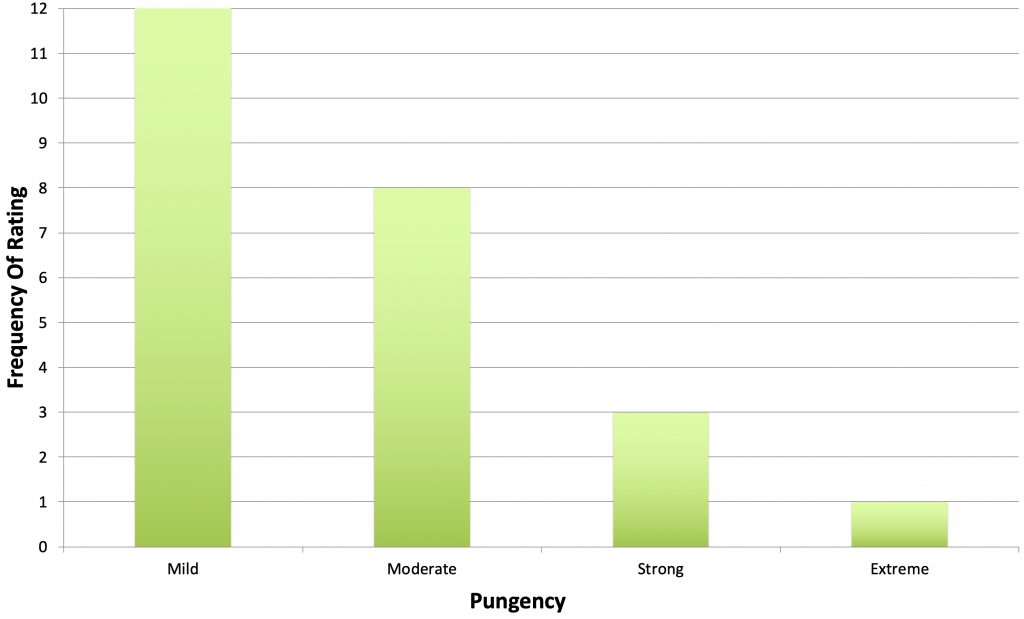
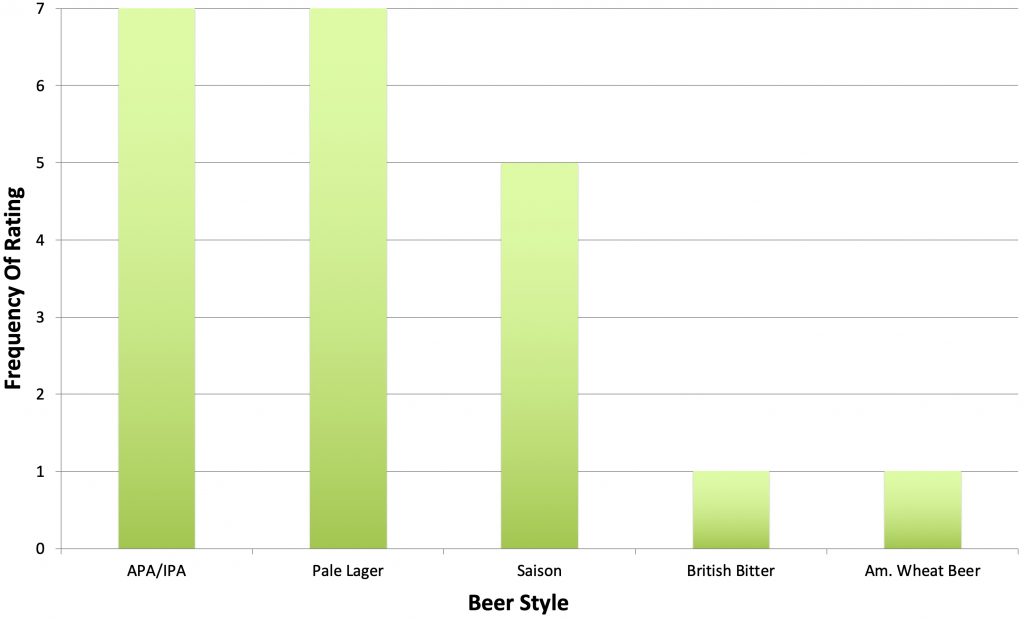
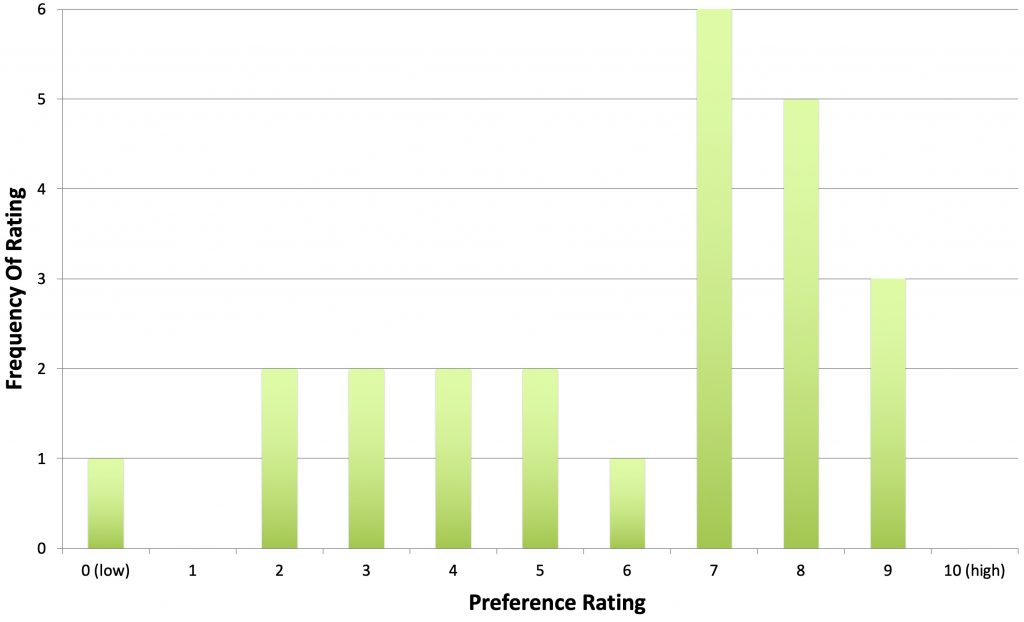











4 thoughts on “The Hop Chronicles | Mistral (2019) Pale Ale”
I’ve used Mistral now a few times and have always been pleased with it ( I live in Europe, so it’s easy to get a hold of it ). It worked really well in a Kveik fermented Pils ( I used WHC Ubbe: https://whclab.com/products/ubbe-kveik ), Belgian beer, English Golden ales and Bitters.
Though not the most potent hop out there, it really shines and adds a certain old school, clean ” beer ” aroma and flavour to the beer, especially in cold conditoned lagers ( 4-8 weeks ). It works best in pale beers, not overly hopped, light, refreshing and crisp. Cheers.
I love Mistral hops and have used them in a few brews to date. All saison inspired beers. Personally I find the bitterness to be a little rough and similar to Target. As for flavour and aroma I get loads of rose petals. No tropical fruit whatsoever!
I have a saison in bottles at present hopped with Mistral and a tiny pinch of Mosaic. Simple grist fermented with Imperial Rustic. The hop combination really sings with the bubblegum character from the yeast.
I also highly recommend trying Mistral with Escarpment Wild Thing. Again those rose petals do great things with the esters from the yeast!
How do think it would do as a late hop in a Trappist single ?
I think they would work really well, especially if you can squeak out some of those classic Trappist esters/fusels with a pale grist and lower OG.
I’ve never used more than 40g in the whirlpool and find the result to be crisp and refreshing with an intriguing rose petal character.
I still have some in the freezer and might just brew one myself. Thanks for the inspiration!